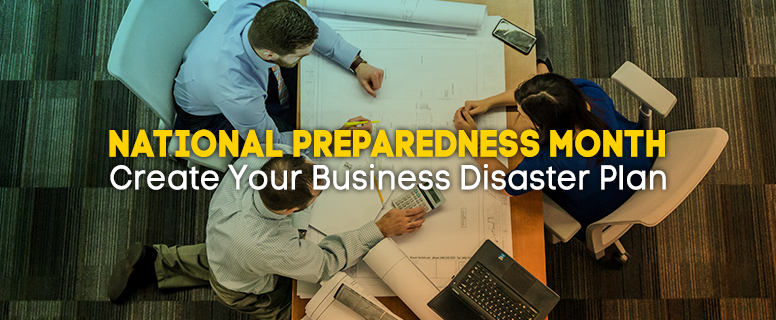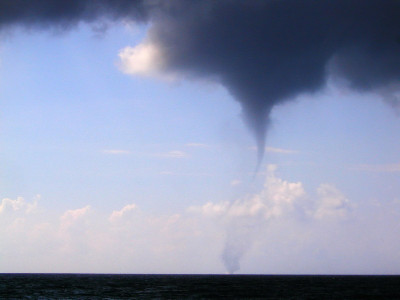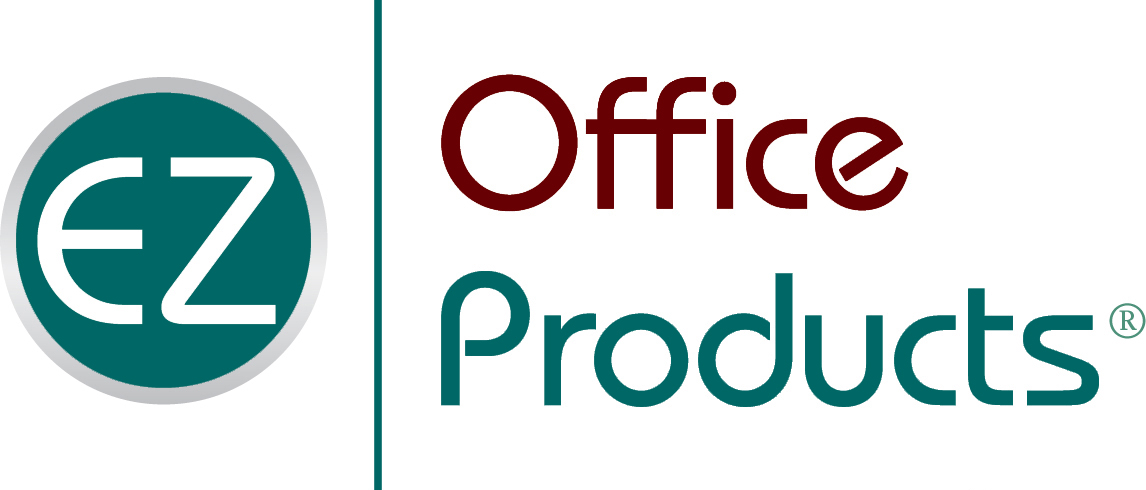How prepared is your business for whatever Mother Nature throws at you? September is National Preparedness Month, according to FEMA. While in the heat of the moment your first concern is about you and your own family’s safety, it’s also important to expect the unexpected at your facility. With Hurricanes Harvey & Irma fresh in our minds, it’s important to take this time to assess your own emergency preparedness plans, and prepare for the unexpected.

How prepared is your business for whatever Mother Nature throws at you? September is National Preparedness Month, according to FEMA. While in the heat of the moment your first concern is about you and your own family’s safety, it’s also important to expect the unexpected at your facility. With Hurricanes Harvey & Irma fresh in our minds, it’s important to take this time to assess your own emergency preparedness plans, and prepare for the unexpected.
1) Develop a Disaster Preparedness Committee

This committee should consist of at least one coordinator, if not a few other people that are managers or department heads. Think about all of the potential natural disasters that could impact your business. Jot them down on a piece of paper, and then come up with a strategy for each natural disaster. Keep in mind that while some may require employees, clients, or guests to shelter-in-place, others may require an evacuation plan.
2) Always Have Supplies Ready

Do you have employees or others who need to be in your building during a blizzard or other type of emergency? Always have at least three or four days worth of emergency supplies at hand, in case roads become impassible due to a natural disaster. The American Red Cross also recommends having a kit with the following items in an easy-to-find location:
- Flashlights with extra batteries
- Portable weather radio
- First aid kit
- Bottled water
- Non-perishable snacks
- Mess kits with paper cups, plates, paper towels, and plastic utensils
3) Conduct Tests & Exercises

The State of Wisconsin holds a statewide tornado drill every April that your business can participate in. It may be best though, to practice your drill as soon as you have a procedure implemented. Hold informational sessions on what to do if a shelter-in-place situation arises or if you need to evacuate the building. Have the coordinator of your disaster preparedness program. For drills that involve evacuation of the building, have them hold a stopwatch to see how long it takes for people to get in and out of a building. Have your committee meet after you do a drill or evacuation scenario to assess what went well, and what procedures need to be adjusted. ReadyWisconsin explains the differences between each type of watch and warning, along with what should be done during different types of natural disasters.
4) Have a Communication Plan for Employees & Customers

While natural disasters may disrupt service within your local area, it does not stop the world from doing business with you. Have someone who is remotely be the key point of contact in case electricity or internet is lost. They can be the main person who can post to social media about how the storm is affecting your business, or who important information can be sent to in case power. Also, it’s a good idea to text your employees if cell service is available to see if they are ok or if they need anything. If your business has deliveries and needs to fulfill orders, come up with a separate contingency plan that will go into place during and after storms. If you know service will be disrupted, have an e-mail blast go out saying so. Let everyone know if you need to close, and information on when you plan on reopening. This information is important for customers, employees, and other people you do business with to know.
